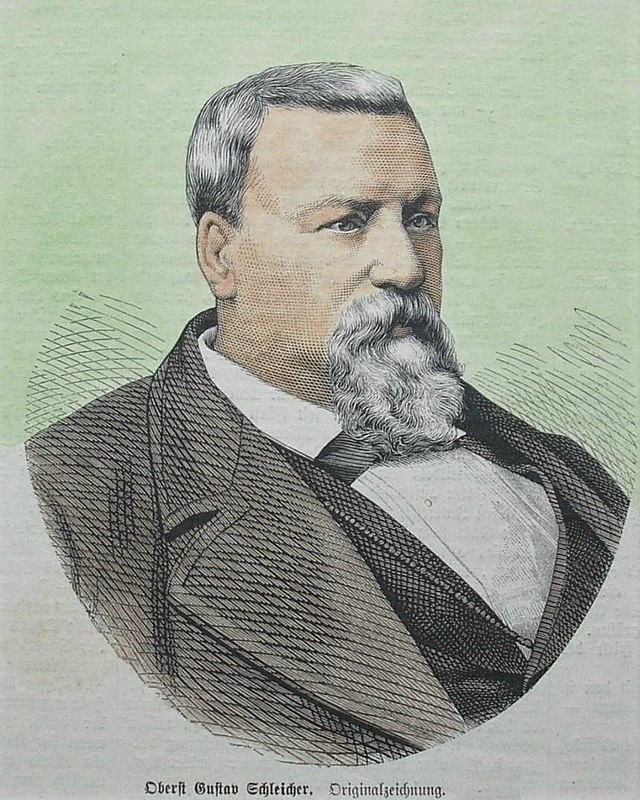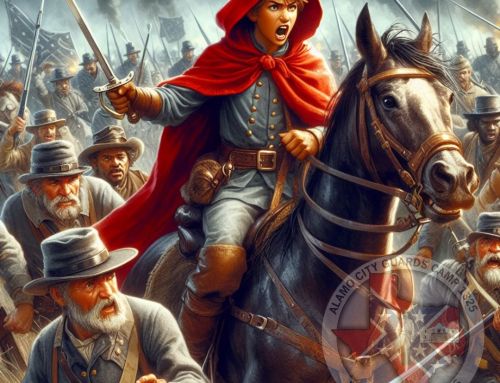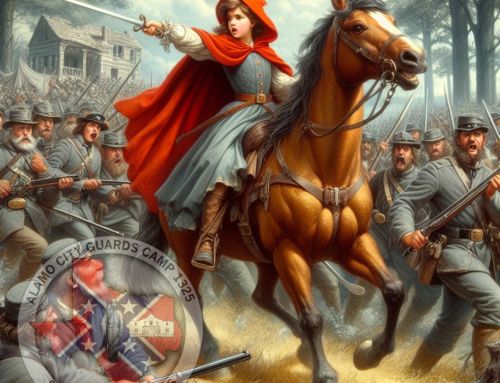Type: Biography
Published: 1952
Updated: April 30, 2016
SCHLEICHER, GUSTAV (1823–1879).Gustav (Gustave, Gustavus) Schleicher, engineer, entrepreneur, and politician, son of a cabinetmaker, was born in Darmstadt, Hesse, on November 19, 1823. After completing secondary school there, he studied engineering and architecture at the University of Giessen and worked as a civil engineer assisting in railroad construction in Germany. He and Dr. Ferdinand L. Herff were among the leaders in a group of intellectuals who immigrated to Texas and founded a commune, named Bettina after the German literary figure and social visionary Bettina von Arnim, on the banks of the Llano River in 1847. The community was intended to prove the truth of communist ideals and light the way for relief of the troubles in Europe, which had led to sporadic attempts at revolution and were later to lead to the abortive revolt of 1848. Bettina had “friendship, freedom, equality” as its motto and “no regular scheme of government.” Schleicher soon became disillusioned at this experiment in communism, however, for he learned that “the bigger the men, the more they talked, the less they worked and the more they ate,” and by the time the settlement failed (within a year) he had made contacts with the other German settlers of the area.
Schleicher operated a shingle mill he had started constructing shortly after his arrival at Huaco Springs, near New Braunfels, and began, as a surveyor, to help German settlers locate land and to acquire land himself. In 1850 he moved to San Antonio, where he and others initiated the Guadalupe Bridge Company to build a toll bridge across the Guadalupe between San Antonio and New Braunfels, as well as the San Antonio and Mexican Gulf Railway. Together with Gen. Joseph E. Johnston and others he began to build a railroad from Port Lavaca to San Antonio. He was also co-owner of a restaurant in San Antonio and a member of various social organizations such as the Texas State Sängerbund. He was a large man and loved to dance. He became an American citizen on December 8, 1852. In 1853–54 he served in the House of Representatives of the Fifth Texas Legislature. Between 1854 and 1861 he was surveyor of the Bexar Land District, which included most of the area from San Antonio to El Paso, and during his tenure he acquired title to large tracts of land, primarily on the Edwards Plateau. Beginning in 1858, he and his brother-in-law, Heinrich Dresel, published the Texas Staats-Zeitung in San Antonio. Schleicher was a cofounder of the San Antonio Water Company in 1858 and of Alamo College in 1860. From 1859 to 1861 he served in the Senate of the Eighth Texas Legislature.
Although Schleicher allied himself with Democrats such as Andrew J. Hamilton and with Sam Houston in supporting the Union before the Civil War, after secession his contemporaries could see in him “an emphatic advocate of the right and justice of the Secession movement.” He became a captain in the Confederate Army, in charge of Gen. John B. Magruder‘s corps of engineers. He tried and failed to recruit a company of fellow Germans for Sibley’s Brigade, and on several occasions he served, rather equivocally, as a character witness for German Texans on trial for sedition. After the war he practiced law in San Antonio, and in 1866 he was one of the incorporators of the Columbus, San Antonio and Rio Grande Railroad. He served as engineer for the construction of the Gulf, Western Texas and Pacific Railway from Indianola to Cuero. He founded the latter town as a way station and moved to it soon afterward, in 1872.
[read full article]





